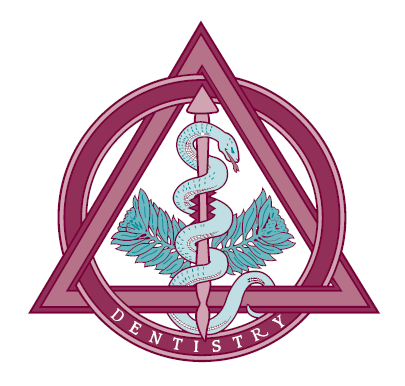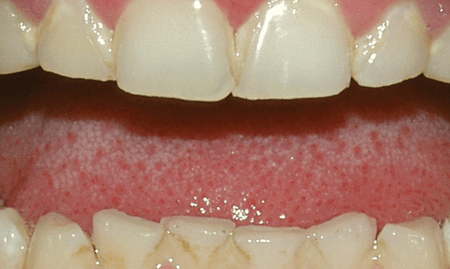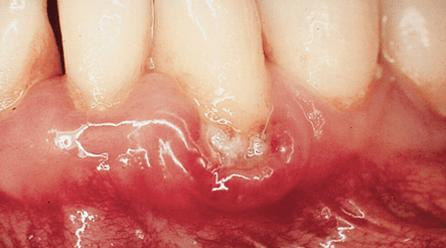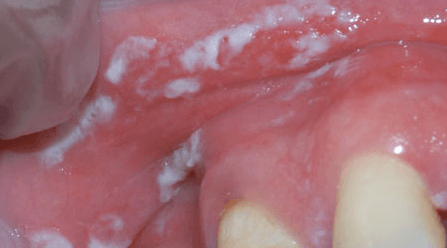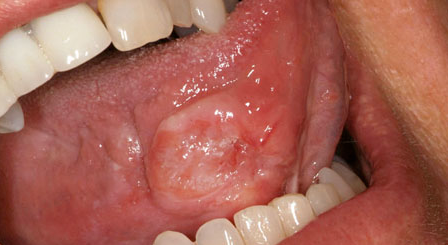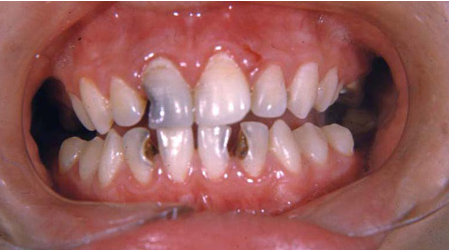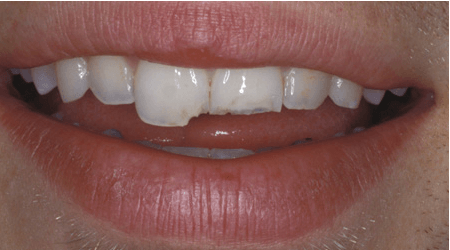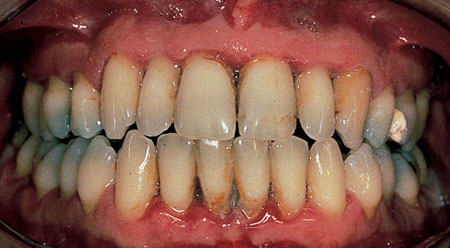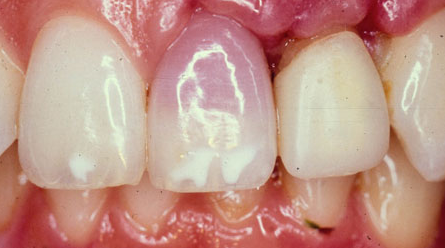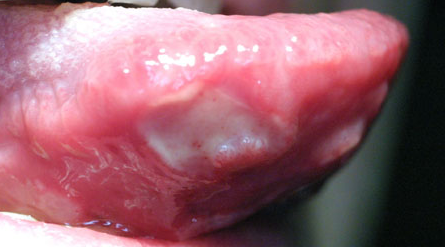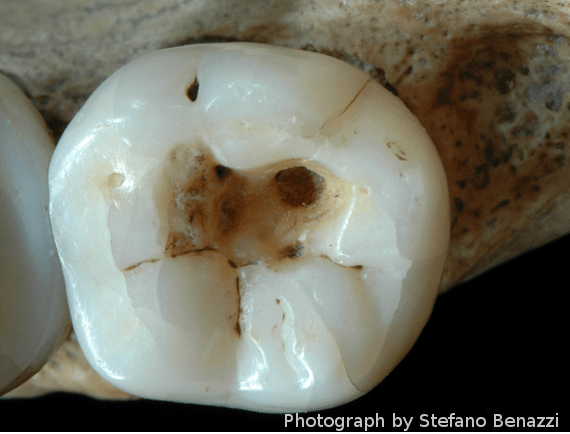In a Discovery News article by Rossella Lorenzi, it was revealed that international scientists have discovered evidence of the oldest known dentistry found in a Paleolithic man.
Researchers led by Stefano Benazzi, a paleoanthropologist a the University of Bologna, focused on a lower right second molar bearing four separate cavities. The find represents the oldest archaeological example of operative manual intervention on a pathological condition.
The patient was about 25 years old and lived in Northern Italy at the time of death. His skeletal remains, dated between 13,820 and 14,160 years old, were uncovered in 1988 in a rock shelter burial in the Veneto Dolomites near Belluno.
Flint tools were used to partially clean the infected tooth. In that era, man probably used toothpicks of bone and wood to clean food particles between teeth. Until now, there was no evidence linking toothpicking with tooth decay.
Viewing the molar under scanning electron microscopy, scientists noticed striations on the internal surface of the cavity, suggesting certain repetitive motions. Experiments carried out on tooth enamel with bone, wood, and microlithic points confirmed the striations were characteristic of chipping and scratching. Researchers published their findings in the journal Scientific Reports.
